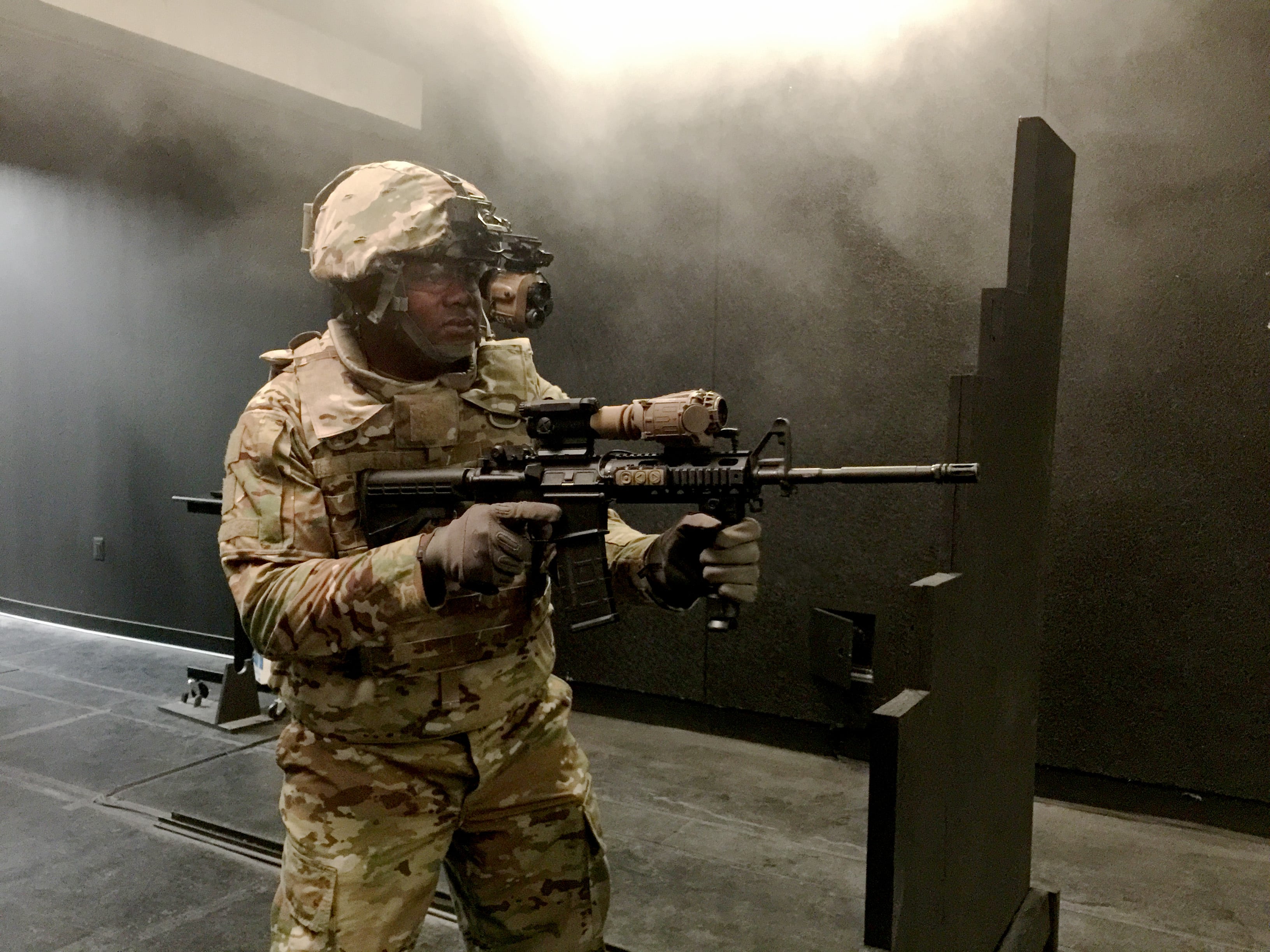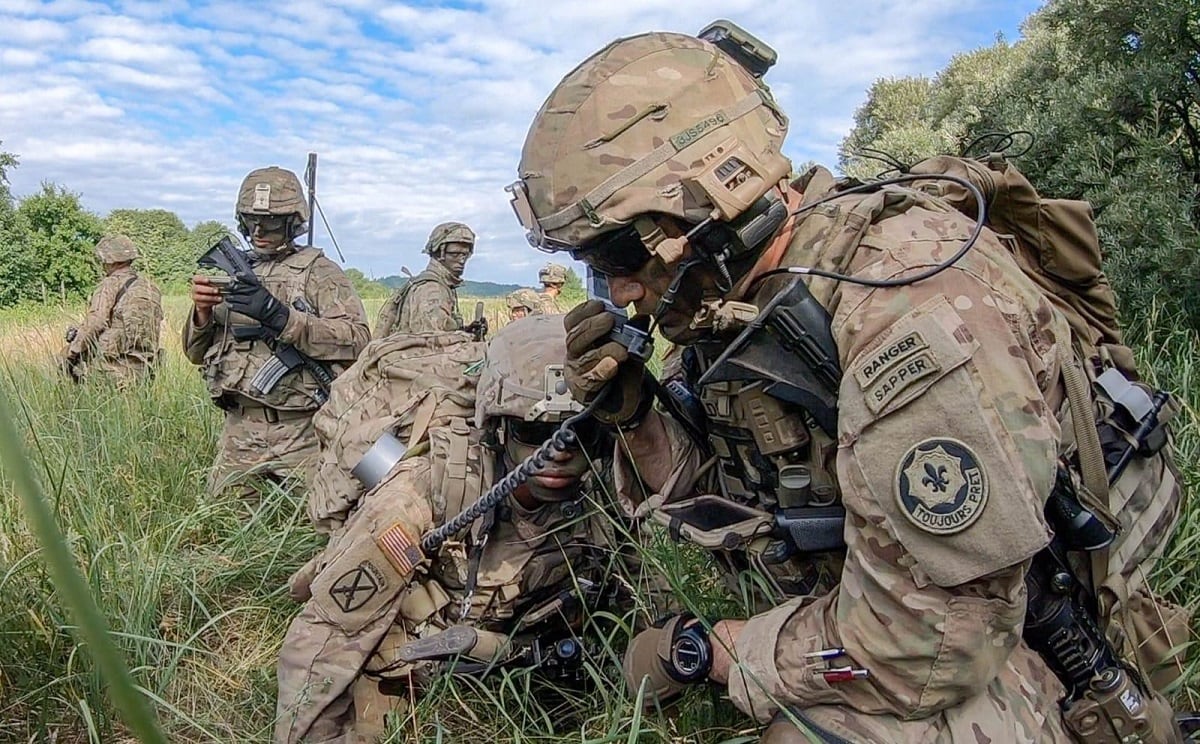For decades, soldiers have been handed ever more sophisticated technology.
And with each new device or capability comes not only more weight and space on the kit, but another item that needs a processor and power.
That translates to a host of burdens on not just the soldier, but also on the long logistical tail that supplies the dismounted troop on the front edge of battle.
Traditionally, the focus was to reduce battery weight, extend battery life, and shave ounces on everything to save pounds overall. That work continues, but one budding initiative is taking a different approach.
A new program at Program Executive Office Soldier seeks to look at the soldier’s kit much like a smartphone, and the individual items as the apps that are downloaded to give the system new capabilities.
Brig. Gen. Anthony Potts, who leads PEO Soldier, sat down with Army Times recently to lay out some of the early stages of the project called Adaptive Soldier Architecture.
“Almost everything in the kit brings its own processor and battery power,” Potts said. “Why does everything need to come with its own battery source?”
For more coverage from the AUSA annual meeting, click here.
Potts sees the approach running parallel with what happens in larger systems work. Industry developers are given certain specifications, how much power they can pull, how much computer processing is available, the size and weight they’ll need to meet.
Like radio systems installed on a vehicle, each system must fit in a predesignated spot and draw power from the vehicle. Various interfaces allow those systems to talk to each other.
RELATED

The same could be true for the soldier. A central processing unit would run the functions of next-level night vision with augmented reality and the communications gear and additional sensors. A single, conformable battery would power it all.
Some of those items are already in the inventory.
The Nett Warrior program uses a Samsung smartphone as the End User Device, or EUD, that runs a variety of software applications the soldier uses for navigation, targeting data and communicating with other soldiers on the battlefield.
Single conformable batteries that slip neatly into the existing harnesses are already being used to power some systems in testing, such as the new thermal sights and target acquisition devices.
The new system would need more processing power and likely more battery, but the beginnings are there.
But Potts notes that the gains could go far beyond streamlining the system. It opens ways in which new developers can add to capabilities and reduces the design and manufacturing work. That helps industry put more of their resources in the capability, when they don’t have to spend money and time figuring out how to put the processor into the device and how to independently power it.
And new companies, software-centric developers for instance, would be able to step into the defense space because their applications wouldn’t require additional hardware at all, only a new way to make existing hardware better.
The ripple effect means less weight on the soldier, a smaller burden on industry developers, fewer batteries in the inventory — a simplification of the system.
The ASA program is still being fleshed out, but Potts and his staff see an array of possibilities that could affect soldier-centered gear across the board.
Todd South has written about crime, courts, government and the military for multiple publications since 2004 and was named a 2014 Pulitzer finalist for a co-written project on witness intimidation. Todd is a Marine veteran of the Iraq War.





